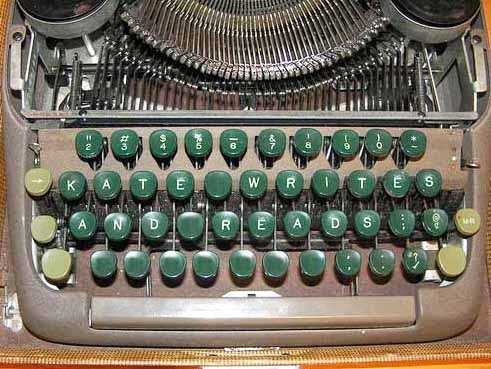I very much
enjoyed fellow Edinburgh-resident Anne Stenhouse’s first Regency novel Mariah’s Marriage so was delighted when her second Bella’s Betrothal was published recently
by MuseItUp. I wanted to ask her some questions about herself and her novels.
Hullo Kate, and
thank you for asking me to appear on your exciting new blog. I’m thrilled.
Good to see you here, Anne, and
congratulations on the publication of
Bella’s Betrothal. How has the publishing
experience been for you?
Launching an
e-book has been one of those learning curves that make Mont Blanc look as
though a Sunday stroll would be okay. I’ve learned about blogging. I did that
in any case as I love sharing odd thoughts with anyone who’ll drop by! I’ve
learned about Facebook and how you have to find the groups that are important
to your genre – Readers and Reviewers - in my case, those who like historical
romance, humour and sparky dialogue. I’ve learned about the long game that this
has to be. Think of the millions of pounds confectionary firms set aside to
launch a new product. Then scale back to one wee wifie with an hysterical pc.
I’ve learned about how good it is to have a publisher’s stable behind you. I’m
still not too confident in Twitter-sphere or on Goodreads, but I try.
Can you pitch Bella’s Betrothal to us – in 140 characters?
Bella and
Charles are united in adversity and forced to follow the dictates of their
hearts: a rocky road to Happy Ever After in Georgian Edinburgh.
What appeals to you about the Regency
period?
It marks the
start of so much that we recognise today such as modern English, but it has the
romance of horses and carriages, ladies with feathers in their hair and fans in
their hands and gentlemen who are confident in their skins.
Mariah’s
Marriage, your first Regency novel, was
set in London, Bella’s Betrothal in
Edinburgh. Did you have fun looking at Edinburgh through Bella’s eyes?
Oh yes! I’ve
lived in the Southside for many years and came to Edinburgh as a student. Many
of the street names and a lot of the ground plan are still there. I had a
lovely afternoon in September taking photos of George Square, Charles Street et
al for the launch publicity.
You’re a well-established playwright and
the dialogue is one of the strengths of both your Regency novels. How did you
find the transition from writing plays to writing novels?
That was a bit
tricky, Kate, because playwriting is spare – you’re leaving room for the
director and actor. It took me a while to pick up skills like adding what the
character is thinking. I would easily forget the reader wasn’t an audience
member seeing an actor’s face.
Bella looks gorgeous on the book cover!
Is she as you imagined her?
She is gorgeous
and she is as I imagined her. My friend has a daughter whose hair is just that
mass of corkscrew curls and I think I probably had her in mind. CK Volnek has
done a great job.
I hope so.
If you could share the Edinburgh to
London stagecoach with three fictional characters who would they be?
My husband and I
spent a whole dinner discussing this while we were on holiday recently.
It’s a fascinating
question and quite hard to answer.
1) Miss Skeeter from The Help by Katherine Stockett. Why? I’d want to know where she
found the courage and tenacity to do what she did and to keep going till it was
finished.
2) Miss
Piggy from Sesame Street. Why? Sheer off the wall delight.
3) Harry
from the final two episodes of The Vicar
of Dibley. Why? If the manifestation is Richard Armitage, maybe you don't
need to ask.
Great answer –
wish I could be a fly on the stagecoach window! Where can we buy your novels,
and where can we find your website?
http://goo.gl/f0zFKa MuseItUp’s store
http://goo.gl/f0zFKa Bella's Betrothal UK Amazon
http://goo.gl/BAJEAi and US
http://goo.gl/f0zFKa Bella's Betrothal UK Amazon
http://goo.gl/BAJEAi and US
goo.gl/HQjANog Barnes and Noble


.jpg)
